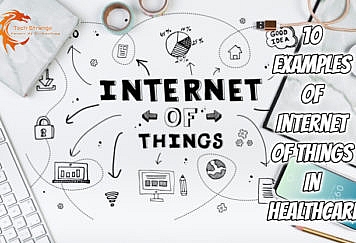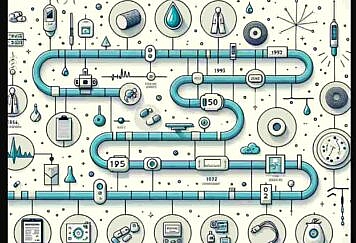When super typhoons make landfall, massive tornadoes hit and volcanoes erupt, the promptness of a government’s disaster response is crucial. In fact, the United Nations Office for the Coordination of Human Affairs claims that the first 72 hours immediately following a disaster are critical.
Therefore, for effective disaster response, governments must have aid prepared and in place and first responders equipped with satcom for government coordination ready to deploy even before the calamity strikes.
The 72-Hour Window
Why are the first 72 hours so crucial in natural disasters? It’s a matter of life and death for some of the victims.
It is estimated that humans can survive without water for approximately three days. That’s 72 hours. For some, like the elderly, the very young, or the sick, it could be less than that. The weather can also shorten that timeframe; people lose water faster when it’s hot.
In other words, people trapped in collapsed buildings, buried in landslides, and swept away by floods can hold on only for so long. They need help as soon as possible. The longer the government dallies, the fewer will survive.
There’s also sure to be chaos after natural disasters. When people have no food and water to live on, there could be looting and violence. Therefore, governments must set things in order as soon as possible to prevent even more casualties from secondary causes and aftereffects.
Satellite Communications in Disaster Response
After calamities strike, governments should send first responders to do the following, among other things:
- Assess and contain the damage.
- Provide emergency relief and rescue.
- Coordinate the government’s aid and relief efforts, using the systems set in place before the calamity struck.
Communication is essential to coordinating aid and relief efforts. Thus, first responders should be adequately equipped with communication tools. Since natural disasters often gut terrestrial communication networks, satcom is the way to go in disaster response and humanitarian relief efforts.
Choosing a Satcom Solution for Government Response
There are special considerations when choosing a satcom solution to be used by first responders after a natural disaster hits.
For one, the solution must be easily transportable and deployable. If the satcom has to be transported through a special aid and relief cargo flight, first responders might lose too much time waiting for their satcom equipment to arrive.
The satcom equipment should also be easy to operate, requiring no complicated setup. The team should not need a satcom specialist.
Finally, governments should choose a satcom solution that offers versatility and flexibility. Preferably, it provides voice, text, and data communication functions.
The Rapid Deployment Kit Satcom Solution
Among satcom solutions available to first responders, the Rapid Deployment Kit from IEC Telecom ticks all disaster response needs boxes.
Portable
An antenna, removable batteries, and a mobile satellite services terminal comprise the kit, and they all fit in a rugged but lightweight case that one person can carry. Additionally, since the batteries are removable, the RDK can be brought on commercial flights.
In other words, RDK is something first responders can readily bring along with them when they travel to disaster zones.
Easy to Set Up
RDK is a set-and-forget piece of equipment. Turn it on, and it should work. Any member of the first response team should be able to operate and use it. This ensures that first responders won’t need advanced technical know-how.
Versatile
RDK is outfitted with an antenna that can seamlessly switch from satellite to 4G with the least cost routing. The fact that it can work with satellite and land-based networks makes it marvelously versatile and adaptable.
While terrestrial networks are out, first responders will rely on satellite communications. However, first responders can utilize broadband cellular networks once the telecommunications grid is back.
Provides High-Speed Internet
RDK provides VSAT-level speeds and reliability without the VSAT complexity. Through advanced bandwidth optimization and filtration, it can attain up to 2+ Mbps speeds.
It’s true that such speeds will not let you stream your favorite movies. However, they’re more than sufficient for emails, file transfers, teleconferencing, and teleconsultation, especially if using lightweight applications designed to maximize the limited bandwidth.
Efficient
Finally, RDK can allocate bandwidth for welfare use, which the team members can access using their own smart devices through RDK’s built-in Wi-Fi enabler. Therefore, team members can go online to check their personal emails, visit social networks or make personal video calls.
RDK keeps the welfare network segregated from the business operations network. This segregation ensures that there will always be sufficient bandwidth for mission-critical communications.
RDK Satcom for Efficient Disaster Response
When disasters strike, how governments respond in the first 72 hours is crucial. Among other measures, governments must be able to send first responders to disaster zones as soon as possible. Additionally, such first responders must be equipped with an easy-to-use, portable, versatile, and efficient satcom solution that provides first responders with a reliable internet connection for mission-critical communications.
Follow TechStrange for more Technology, Business, and Digital Marketing News.





